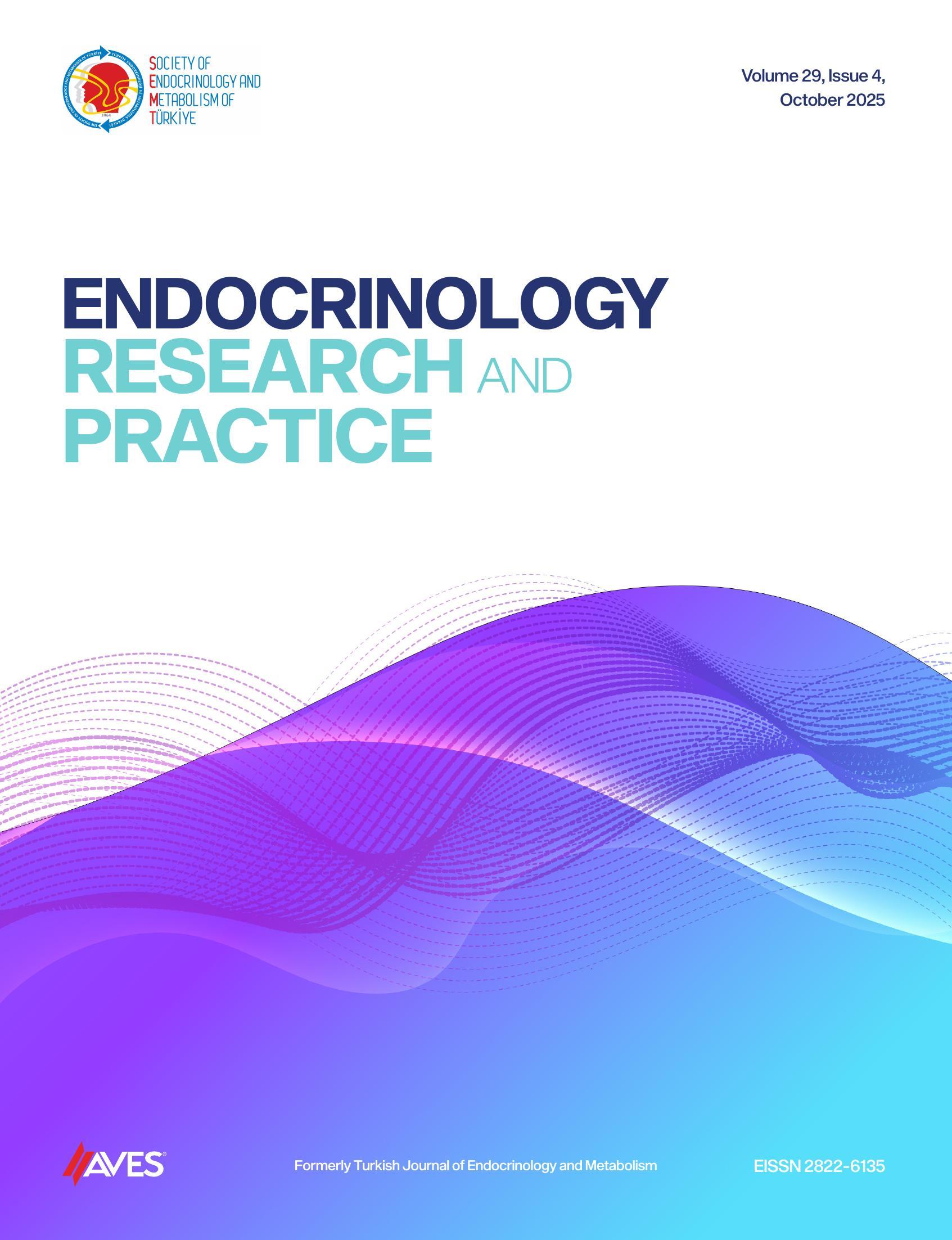Abstract
Introduction: Empty sella (ES) means an enlarged sella turcica that is not completely filled with pituitary tissue. Occasionally patients may have ES with the tumor situated within the normal pituitary tissue. In this paper we describe an ES case which presented with acromegaly clinical findings.
Case Report: 52-year-old woman presented with enlarging of her hands and feet. Physical examination revealed typical acromegalic features and no visual field defects. Laboratory data showed elevated serum growth hormone [GH: 1.83 ng/ml. NR (0.06-5)] and insulin-like growth factor- 1 [IGF-1: 661ng/ml, NR (55-248)]. An oral glucosetolerance test(OGTT) showed no suppression of GH values. The other pituitary hormone profile was in normal range. Magnetic resonance imaging(MRI) revealed an empty sella and no sellar mass (Figure 1). We considered this situation as MRI-occult adenoma. Somatostatin 30 mg/day was started and cabergolin 0.5 mg/week was added. There are no complications of acromegaly and the laboratory is stable (GH <1 ng/mL, IGF-1 normal) at the 5-years followup.
Discussion: The acromegalic patients who present with empty sella are more likely to have small-sized tumors that are not detected on the MRI. Even though the most widely accepted recommendation in these patients is surgery as the primary treatment regardless of tumor size. it’s reported that intraoperative cerebrospinal fluid leakage and noncurative resection is higher in these patients. At our case, as the patient didn’t have hypopituitarism, we followed the patient with medical treatment and there was no mass growth
or clinical deterioration. As our opinion, follow-up can be a choice at these patients to protect the patient from worse endocrinologic outcomes.

-1(1).png)

.png)